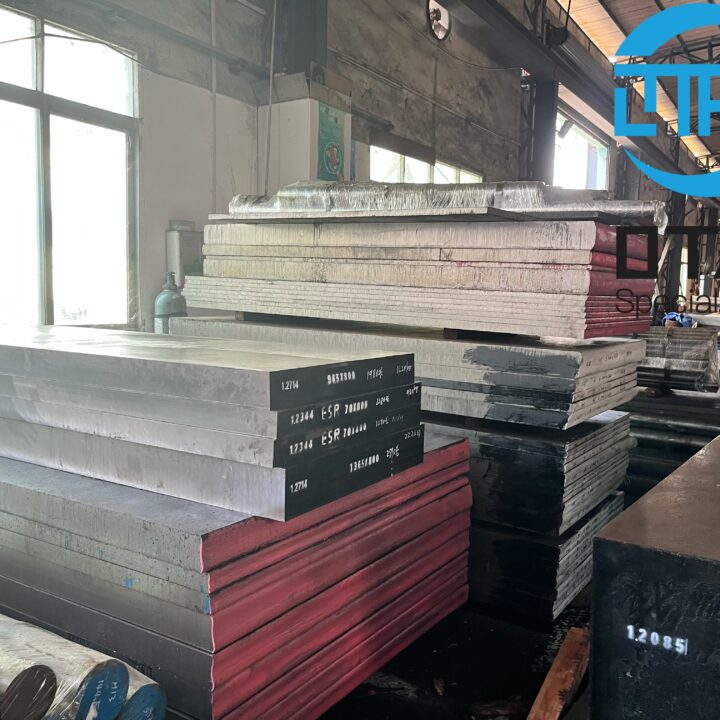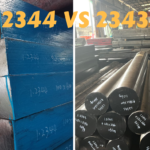420C vs 440C: A Comprehensive Comparison
When it comes to steel materials, precision is paramount. The choice between 420C and 440C can significantly impact the performance and durability of your tools, knives, or industrial components.420C vs 440C, Let’s delve into the nuances of these two popular steel grades to help you make an informed decision.
Introduction: Understanding 420C and 440C
420C: The Versatile Workhorse
420C stainless steel is a martensitic grade known for its corrosion resistance and ease of manufacturing. It contains around 0.40% carbon, making it suitable for various applications requiring moderate hardness and wear resistance. Commonly used in knife blades, surgical instruments, and mechanical parts, 420C offers decent performance at an affordable price point.
440C: The Premium Performer
In contrast, 440C stainless steel is a high-carbon martensitic alloy renowned for its exceptional hardness, edge retention, and corrosion resistance. With approximately 1.20% carbon content, 440C is the go-to choice for high-end knives, bearings, and cutting tools where superior wear resistance and edge retention are paramount. While it comes at a higher cost, its performance justifies the investment for demanding applications.
Comparative Analysis: Strengths and Weaknesses
Hardness and Wear Resistance:
440C surpasses 420C in terms of hardness and wear resistance due to its higher carbon content and heat treatment capabilities. This translates to prolonged edge retention and reduced need for sharpening, making 440C ideal for heavy-duty cutting tasks and industrial applications.
Corrosion Resistance:
While both grades offer corrosion resistance, 420C falls short compared to 440C, especially in harsh environments exposed to moisture and chemicals. 440C’s chromium content provides superior resistance to corrosion, making it the preferred choice for marine and outdoor applications where rust prevention is crucial.
Edge Retention and Sharpness:
Thanks to its higher carbon content and finer grain structure, 440C excels in edge retention and sharpness retention over prolonged use. This ensures consistent performance even under challenging conditions, giving users confidence in their tools’ reliability and longevity.
Cost Considerations:
420C is more budget-friendly compared to 440C, making it a cost-effective option for applications where extreme performance isn’t necessary. However, the initial savings may be outweighed by the need for more frequent sharpening and replacement, particularly in demanding environments.
In conclusion, the choice between 420C and 440C boils down to your specific requirements and budget constraints. If you prioritize affordability and versatility without compromising performance, 420C is a solid choice for everyday applications. On the other hand, if you demand top-tier performance, exceptional hardness, and corrosion resistance, investing in 440C is worth considering for long-term durability and reliability.
By providing this detailed comparison, we aim to assist you in selecting the most suitable steel grade for your applications. For further inquiries or assistance, feel free to contact us at [email protected] or reach out via WhatsApp at +8613642825398.










